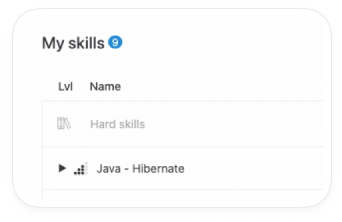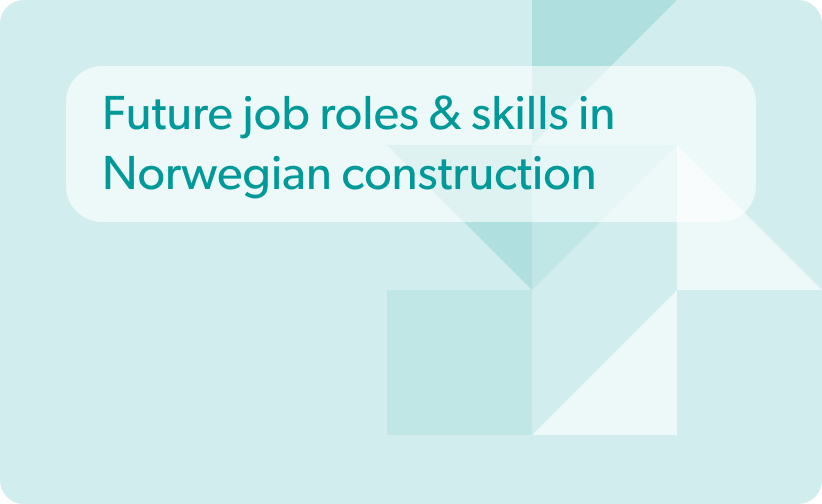Interview with Kevin M. Yates, known in the global talent development community as the “L&D detective”
Table of contents
- What is L&D about besides training the workforce?
- What are the critical ROI and metrics for learning and development?
- What are KPIs important to learning and development?
- How does learning development deliver value to the business nowadays?
- What are the essential components of a successful learning and development strategy?
- How can tools and technologies support and foster the L&D processes in the companies?
Kevin M. Yates is known in the global training, learning, and talent development community as the “L&D detective.” He solves measurement mysteries with facts, clues, evidence, and data. With 25+ years of experience serving in diverse roles across multiple industries, Kevin has committed his time and talent to investigating how training and learning measurably influence human performance and business goals. He is also the founder and president of Meals in the Meantime, a nonprofit providing food support and assistance with pop-up food pantries.
In our interview, we discussed the key challenges, tasks for L&D teams, and resources to read and listen to — more on that below.
Q: Could you please share what is learning and development about besides training the workforce?
When I think about training, learning, and talent development, I consider how we can best support people and teams through education. I believe people are empowered through learning experiences that influence their thinking, behavior, habits, and capability. For me, it’s not just about “training.” I believe education, or corporate training and learning as we call it, is one of the most powerful tools we have to drive performance.
I believe people are empowered through learning.
Q: In your opinion, what are the critical ROI and metrics for learning and development?
The most critical data that L&D can use to get a signal for learning effectiveness and the extent to which training and learning solutions are measurably influencing behavior, actions, and goals, is data that captures human performance and business performance. The goal is connecting the dots between our training and learning solutions, performance, and business outcomes.
For me, the most critical data for training, learning, and talent development is data that shows learning’s influence on human and business performance. I’m less interested in data for consumption, utilization, modality, and number of people trained. I am more interested in data that reveals learning effectiveness expressed as outcomes.
The data we use to measure impact for training and learning will not come from L&D. It will come from owners of people performance data and business performance data.
Examples of business performance data are quality, cycle time, error rates, customer satisfaction, and market share. So the work we do to measure the influence of training and learning on human performance and the influence of human performance on business performance is critical to answering the question, “What is the impact of training and learning?”
Q: What about the KPIs? What are KPIs important to learning and development?
There are learning metrics, learning data, and what some may call, learning analytics. These are the kinds of metrics and data that show functional performance for training and learning. They’re like operational metrics for training and learning; there’s nothing wrong with that as long as we are clear about what these data points are and are not.
Traditional L&D KPIs and metrics measure operational performance.
- How many training courses have we delivered?
- How many hours of training do we provide?
- How many people completed a course?
- What are the different modalities of training and learning?
As I mentioned earlier, for me, the most critical key performance indicators for training and learning are the KPIs that measure learning effectiveness versus operational data. I look for data that gives me a signal for the effect of training and learning, not the activity or transactions. As an L&D detective, I’m looking for KPIs, facts, clues, evidence, and data that show whether training and learning fulfilled its purpose.
When I think about KPIs, I think mostly about those that show how training and learning measurably influences people’s performance and business outcomes.
Q: How does learning development deliver value to the business nowadays? Could you compare how it was before COVID-19 and nowadays?
Well, there’s a definite difference. I’ll start with what hasn’t changed.
What hasn’t changed
The need for organizations to leverage people’s performance to be successful is the same pre-pandemic, during pandemic, and will be the same when the pandemic is long and gone, and hopefully, it will be gone at some point. It doesn’t matter if we’re working remote, virtual, in the office, in another country, or on another planet. Organizations need the best of people’s talents, skills, and capabilities. COVID-19 did not change that need. There will always be a need for training and learning solutions that support performance.
What has changed
The “when,” “where,” and “how” we provide training and learning have definitely changed. We had to totally abandon live, instructor-led, classroom-based training in response to COVID-19. We were limited to modalities we’ve used before, like e-learning and virtual classrooms, but that were always options for alternative delivery methods. These alternative methods became the sole methods in response to COVID-19.
The other change in response to COVID-19, I believe, is the focus on performance as an outcome of training and learning. I saw where we really placed attention and time on creating training and learning experiences and solutions that were purposefully tied to specific performance goals. And I saw design teams be more thoughtful about creating training and learning experiences in virtual environments that were engaging, interactive, innovative, and creative.
The circumstance of not being able to bring people together removed the belief that the best training experiences can only happen in a classroom. Virtual platform providers were pressured to advance their technology for optimal learning experiences. And the impact on workers for training and learning in response to COVID-19 was the expectation that while in-person training was no longer an option, utilizing alternative modalities would still produce desired outcomes for performance.
Bottom line
To summarize, what hasn’t changed pre- and post-pandemic time is:
- The need for people to bring their best talent to work (in the office or at home)
- The need for performance.
What did change for learning and development is:
- The way we respond to learning needs while people are working at home
- Reliance on virtual platforms
- The creativity and innovation in design that came from the removal of classroom-based training.
Q: What are the essential components of a successful learning and development strategy?
My perspective comes from me being narrowly focused on measurable outcomes for training, learning, and development. I think about an actionable strategy that will produce evidence for measurable outcomes. So when I think about a learning strategy, that is what I’m thinking about.
I believe the most efficient, powerful, actionable results-oriented learning strategies are the ones that are intentionally and purposefully aligned to business goals and performance requirements to achieve those goals.
If you build a strategy that is deeply rooted in performance as an outcome of training and learning, you’re headed in the right direction. If you align the strategy with business goals and performance requirements to achieve those goals, you’ll be successful. For me, alignment and a performance-first mindset wins every time.
Q: You mentioned the new ways of learning and the technologies that helped to change L&D. Could you please be more precise about this?
It’s not so much that there are “new” ways of learning, but rather, the removal of classroom-based learning prompted us to reconsider how we deliver educational experiences. We had to figure out how to replicate in a virtual platform as closely as possible what people experience with an in-person event. We had to design with intention and purpose.
We also considered how we could enhance e-learning solutions to be less “click and advance” and more engaging and interesting. I think we paid more attention to creating immersive learning experiences in virtual environments. I saw some pretty cool virtual reality learning solutions created during the pandemic, which changed our solution by adding another modality.
So if anything changed, it was the shift in thinking that in-person, classroom-based events are the only way for training. By necessity, we proved that learning could happen in other environments and modalities as well. Yes, some knowledge and skills are best learned in person, but there are also knowledge and skills that can be taught through alternative modalities. I believe the extent to which we consider all we have available to meet learning needs has changed, and that’s a good thing.
Stay up to date with our newsletter
Every month, we’ll send you a curated newsletter with our updates and the latest industry news.


























 info@hrforecast.de
info@hrforecast.de
 +49 89 215384810
+49 89 215384810






